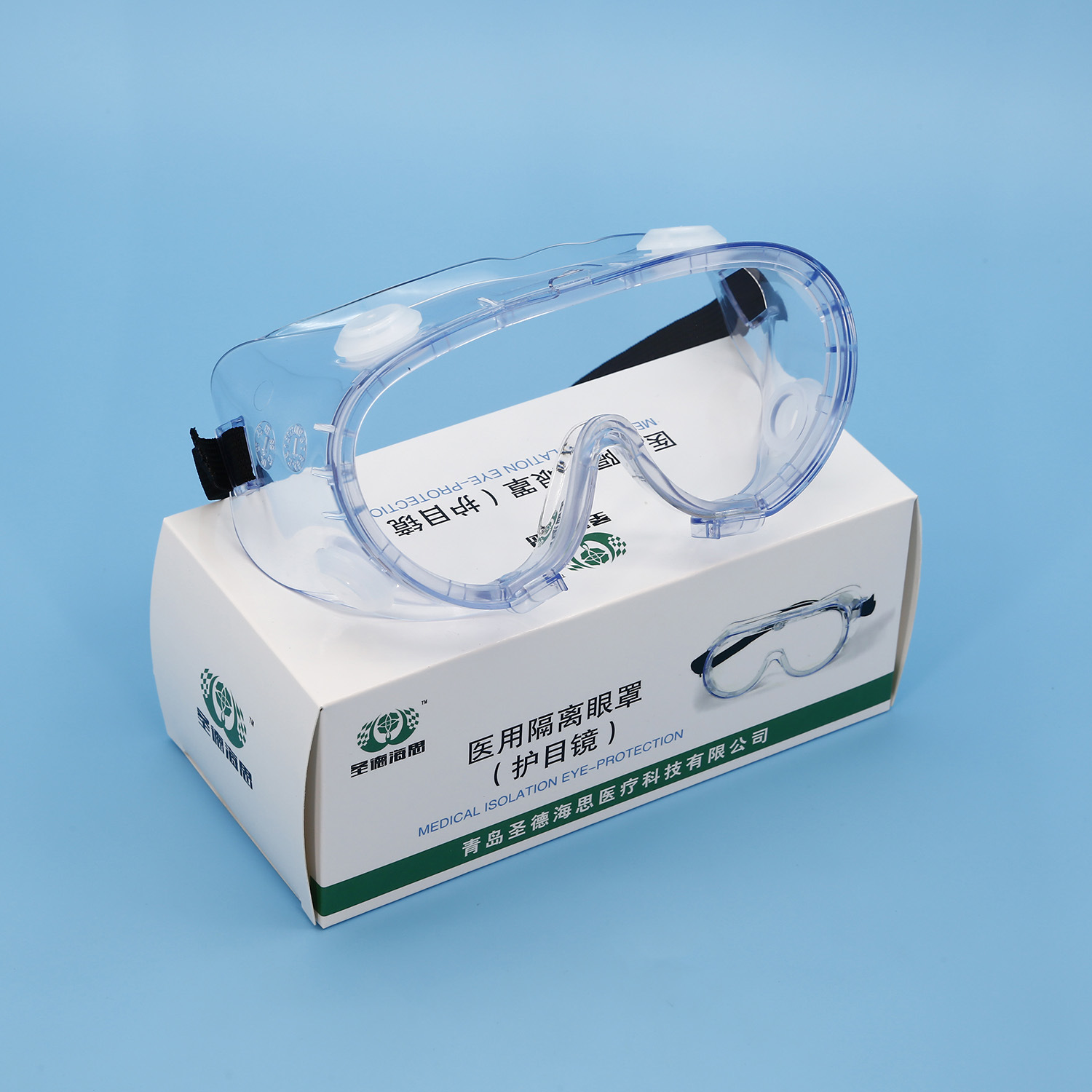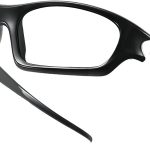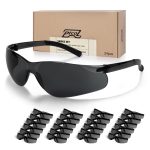In the dynamic and often unpredictable world of healthcare, the safety and well-being of medical professionals and patients alike are paramount. One crucial aspect of this safety equation is the use of medical safety glasses – a crucial piece of personal protective equipment (PPE) that shields the eyes from a wide range of occupational hazards encountered in medical settings.
This comprehensive article delves into the significance of medical glasses, exploring their unique features, the regulatory standards that govern their use, and the specific healthcare environments where they are essential. Whether you’re a healthcare provider, a facility manager, or simply someone interested in the importance of eye protection in medical settings, this guide will equip you with the knowledge to understand the pivotal role of medical safety glasses in safeguarding vision and promoting a culture of safety.
Prepare to unlock the importance of medical safety glasses and discover how these unsung heroes of the healthcare industry can protect the eyes of those who dedicate their lives to caring for others.
Understanding the Importance of Medical Safety Glasses
Medical safety glasses are more than just a protective accessory; they are a vital component of the comprehensive safety measures implemented in healthcare settings to protect both medical personnel and patients.
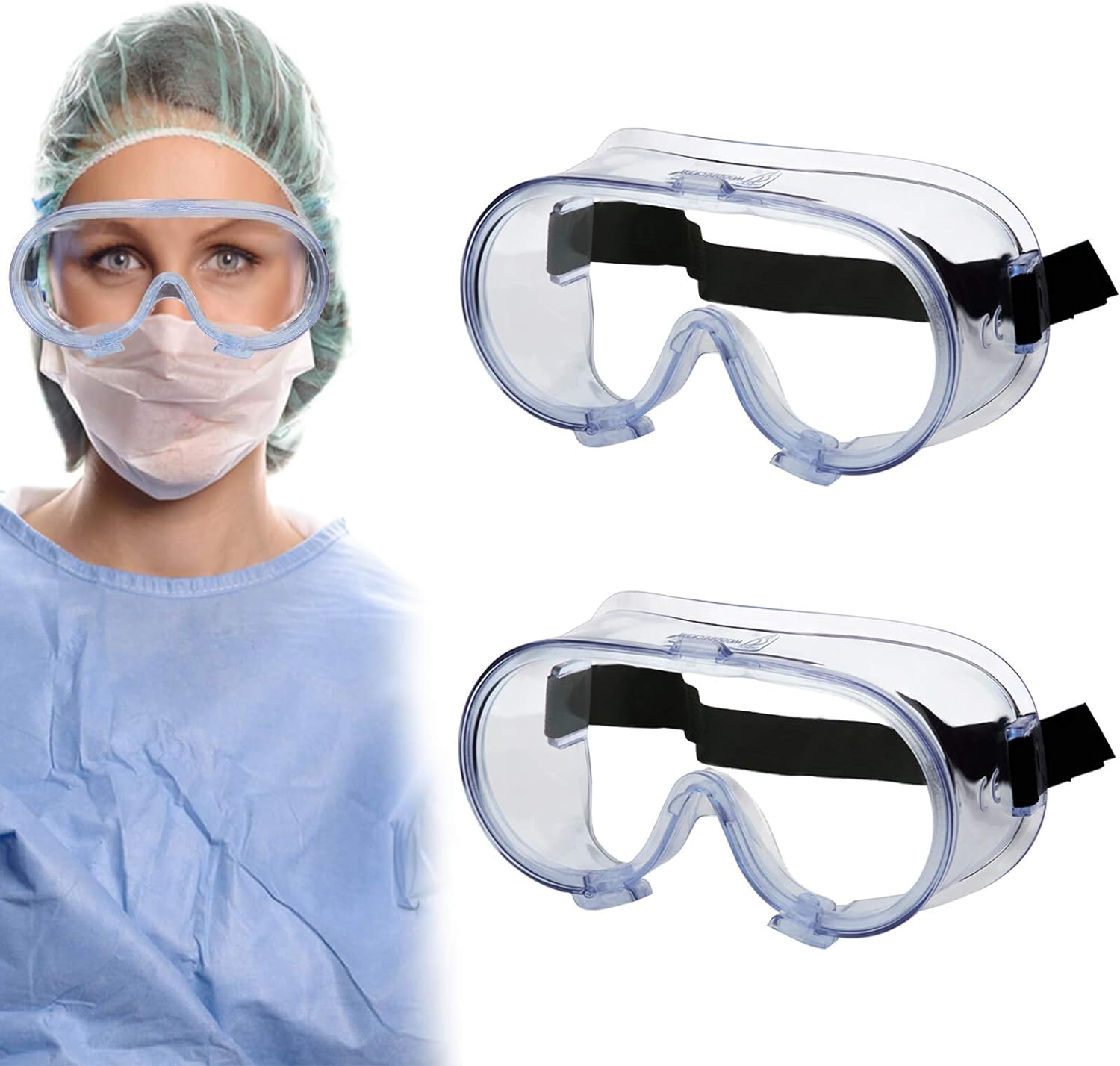
Shielding against Occupational Hazards
The unique environment of healthcare facilities presents a variety of potential eye-related hazards that can threaten the safety and well-being of those working within them.
Exposure to Infectious Bodily Fluids
Medical professionals face the constant risk of exposure to infectious bodily fluids, such as blood or saliva, which can pose serious health risks if splashed into the eyes.
Potential for Projectile Debris
During medical procedures, the risk of small, sharp objects or debris becoming airborne and striking the eyes is a genuine concern that must be addressed.
Safeguarding Vision and Eye Health
By providing a barrier between the wearer’s eyes and the potential hazards present in healthcare settings, medical safety glasses play a crucial role in preserving eye health and preventing vision-related injuries.
Reducing the Risk of Eye Injuries
Properly equipped medical safety glasses can shield the eyes from impact, prevent splashes, and mitigate the consequences of accidental exposure to hazardous materials.
Maintaining Clear and Unobstructed Vision
The design of medical safety glasses ensures that they do not interfere with the wearer’s visual acuity, enabling them to perform their duties effectively and safely.
Fostering a Culture of Safety
The widespread use of medical safety glasses among healthcare professionals sends a clear message about the importance of prioritizing safety and well-being in the medical field.
Promoting Compliance and Responsibility
Establishing a standard of care that includes the mandatory use of medical safety glasses reinforces the commitment to protecting the health and safety of all individuals within the healthcare environment.
Setting an Example for Patients and Visitors
The visible use of medical safety glasses by healthcare providers can also help educate and reassure patients and visitors about the attention paid to safety in the facility.
Regulatory Standards and Certification for Medical Safety Glasses
To ensure the efficacy and reliability of medical safety glass, they are subject to rigorous regulatory standards and certification processes that govern their design, construction, and performance.
Occupational Safety and Health Administration (OSHA) Requirements
In the United States, the Occupational Safety and Health Administration (OSHA) sets forth guidelines and regulations regarding the use of personal protective equipment, including medical safety glass.
OSHA’s Eye and Face Protection Standards
OSHA’s standards outline the specific criteria and requirements for medical safety glasses to be considered compliant and suitable for use in healthcare settings.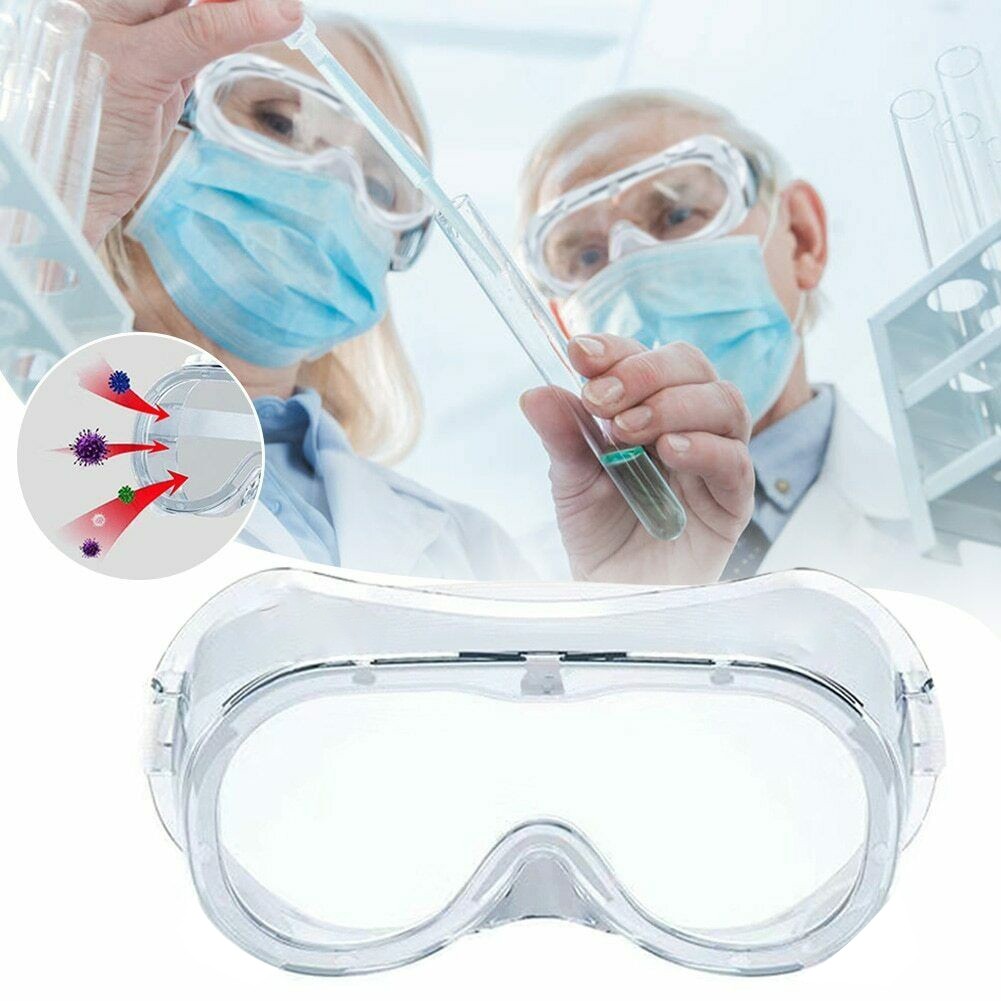
Enforcement and Compliance Measures
OSHA actively enforces these standards and can impose penalties on healthcare facilities that fail to provide appropriate eye protection for their employees.
ANSI/ISEA Z87.1 Certification
The American National Standards Institute (ANSI) and the International Safety Equipment Association (ISEA) have developed the Z87.1 standard, which is the primary certification for medical safety glasses.
Compliance with Impact, Splash, and Optical Requirements
To achieve ANSI/ISEA Z87.1 certification, medical safety glass must meet rigorous testing and performance criteria related to impact resistance, splash protection, and optical quality.
Ensuring High-Quality and Reliable Eye Protection
The ANSI/ISEA Z87.1 certification is widely recognized as the industry benchmark for medical safety glass, providing assurance of their effectiveness and reliability.
Additional Certifications and Regulatory Considerations
Depending on the specific healthcare setting or application, medical safety glass may be subject to additional certifications or regulatory requirements.
FDA Approval for Medical Devices
In certain cases, medical safety glass may need to be classified and approved as medical devices by the U.S. Food and Drug Administration (FDA).
Compatibility with Other PPE
Medical safety glasses must also be compatible with other personal protective equipment, such as face masks or respirators, to ensure seamless integration and optimal protection.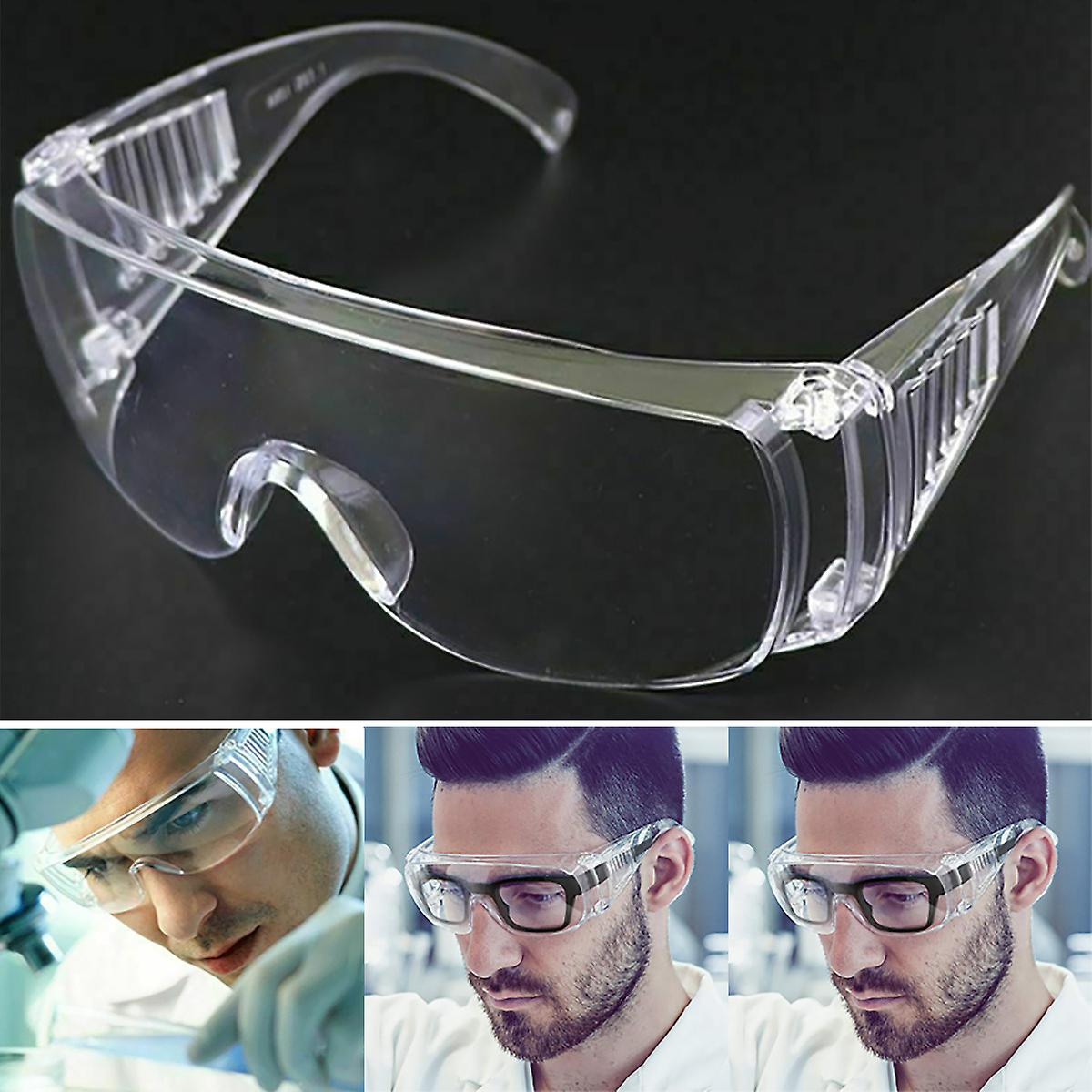
Selecting the Appropriate Medical Safety Glasses
With a vast array of medical safety glass available on the market, healthcare professionals and facility managers must carefully evaluate the various features and characteristics to ensure they select the most suitable options for their specific needs.
Evaluating Fit and Comfort
The comfort and proper fit of medical safety glass are crucial factors in ensuring consistent and effective use by healthcare workers.
Adjustable and Customizable Designs
Seek out medical safety glass with features like adjustable nose pads, temple arms, and strap systems to achieve a personalized and comfortable fit.
Lightweight and Durable Construction
Opt for medical safety glass that are lightweight and made from sturdy, high-quality materials to minimize fatigue and discomfort during extended wear.
Addressing Specific Healthcare Needs
Different healthcare settings and procedures may require specialized features or design considerations in medical safety glasses.
Prescription and Vision Correction Options
For healthcare providers who require vision correction, seek out medical safety glasses that accommodate prescription lenses or offer integrated magnification.
Specialized Coatings and Tints
Certain medical safety glasses may feature anti-fog, anti-scratch, or tinted coatings to enhance visibility, clarity, and protection in specific healthcare environments.
Ensuring Compliance and Compatibility
When selecting medical safety glass, it is essential to ensure that the chosen products meet all relevant regulatory standards and are compatible with other personal protective equipment used in the healthcare setting.
Verification of ANSI/ISEA Z87.1 Certification
Confirm that the medical safety glass are certified to the ANSI/ISEA Z87.1 standard to guarantee their effectiveness and compliance.
Compatibility with Other PPE
Evaluate how the medical safety glass will integrate with other personal protective equipment, such as face masks, respirators, or surgical caps, to maintain a cohesive and effective safety system.
Promoting the Use of Medical Safety Glasses in Healthcare Settings
To ensure the widespread and consistent use of medical safety glass, healthcare facilities must cultivate a culture of safety and provide the necessary support and resources to their employees.
Implementing Comprehensive Safety Policies
Developing and enforcing clear policies regarding the mandatory use of medical safety glass is a crucial step in prioritizing eye protection in the healthcare environment.
Incorporating Safety Glasses into Dress Code
Clearly communicating the requirement for medical safety glasses as part of the standard dress code or personal protective equipment policy can help reinforce their importance.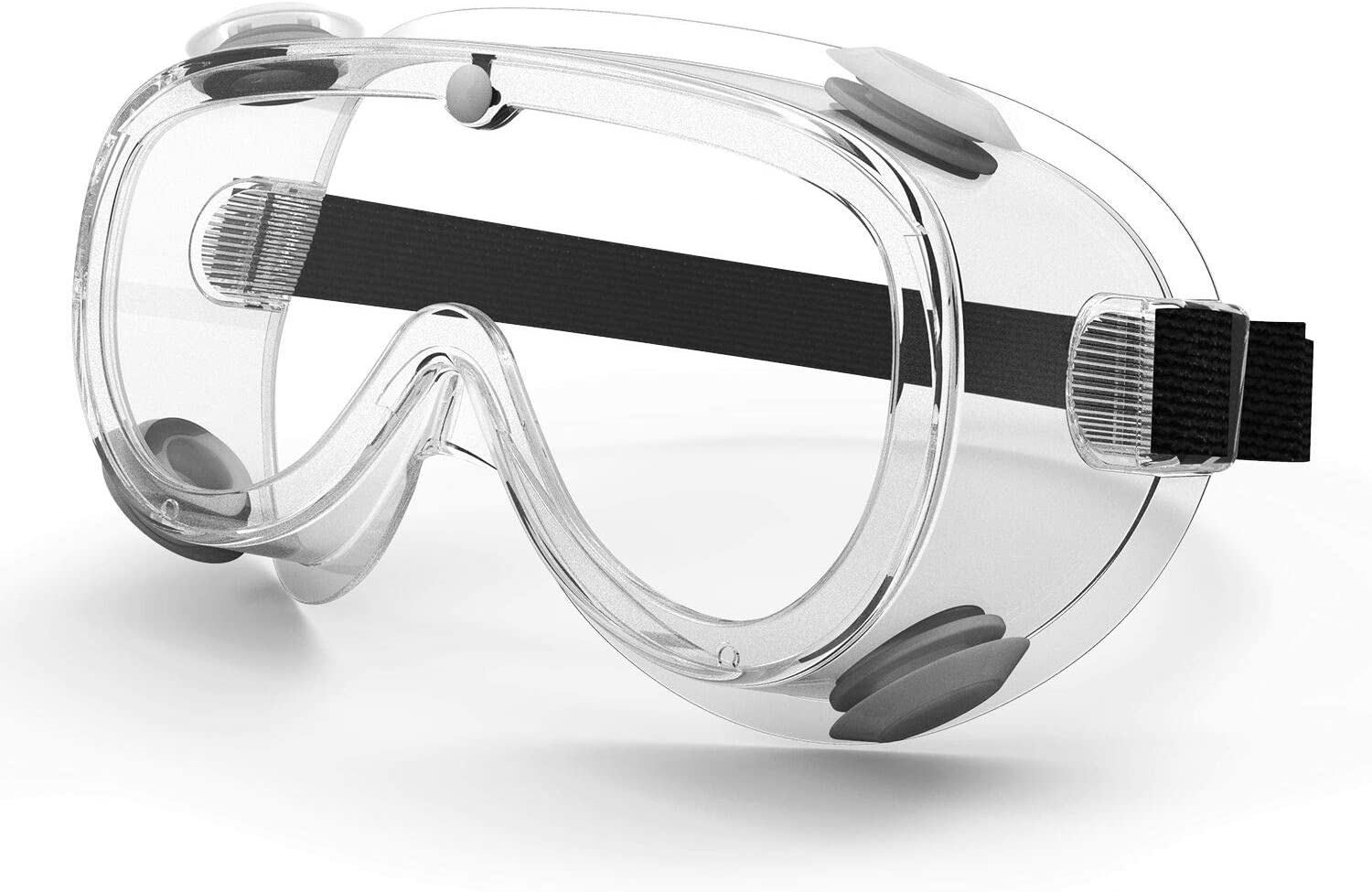
Providing Accessible and Ample Supply
Ensuring that medical safety glasses are readily available and easily accessible to all healthcare workers can encourage consistent usage.
Training and Education for Healthcare Providers
Educating healthcare professionals on the importance of medical safety glasses and proper usage is essential for fostering a culture of safety and compliance.
Comprehensive Training Programs
Implement training programs that cover the specific hazards, regulatory requirements, and proper donning and doffing of medical safety glasses.
Ongoing Reminders and Reinforcement
Regularly remind and reinforce the importance of wearing medical safety glasses through various communication channels, such as staff meetings, signage, or digital platforms.
Monitoring and Evaluating Compliance
Regularly monitoring the use of medical safety glasses and evaluating the effectiveness of safety policies can help identify areas for improvement and ensure continuous adherence.
Collecting and Analyzing Usage Data
Tracking the consistent use of medical safety glass among healthcare workers can provide valuable insights and guide future safety initiatives.
Addressing Non-Compliance and Providing Feedback
Addressing any instances of non-compliance and providing constructive feedback can help reinforce the importance of wearing medical safety glass in the healthcare setting.
Conclusion: Safeguarding Vision, Promoting a Culture of Safety
Medical safety glass are the unsung heroes of the healthcare industry, quietly safeguarding the vision and well-being of those who dedicate their lives to caring for others. Through this comprehensive guide, you have gained a deeper understanding of the critical role these protective eyewear solutions play in mitigating the occupational hazards faced by medical professionals and patients alike.
By upholding rigorous regulatory standards, prioritizing comfort and functionality, and fostering a culture of safety and compliance, the use of medical safety glass has become a cornerstone of modern healthcare practices. As healthcare facilities continue to embrace and champion the widespread adoption of these essential protective measures, they send a powerful message about their commitment to the safety and well-being of their staff and the communities they serve.
Embrace the importance of medical safety glass and let them be the unsung heroes that safeguard the vision and well-being of those who tirelessly work to heal and care for others. By prioritizing eye protection and promoting a culture of safety, healthcare organizations can ensure that their most valuable assets – their people – are shielded from harm and empowered to deliver the highest quality of care. Safeguarding vision, one pair of medical safety glass at a time, is the key to building a resilient and thriving healthcare system.
